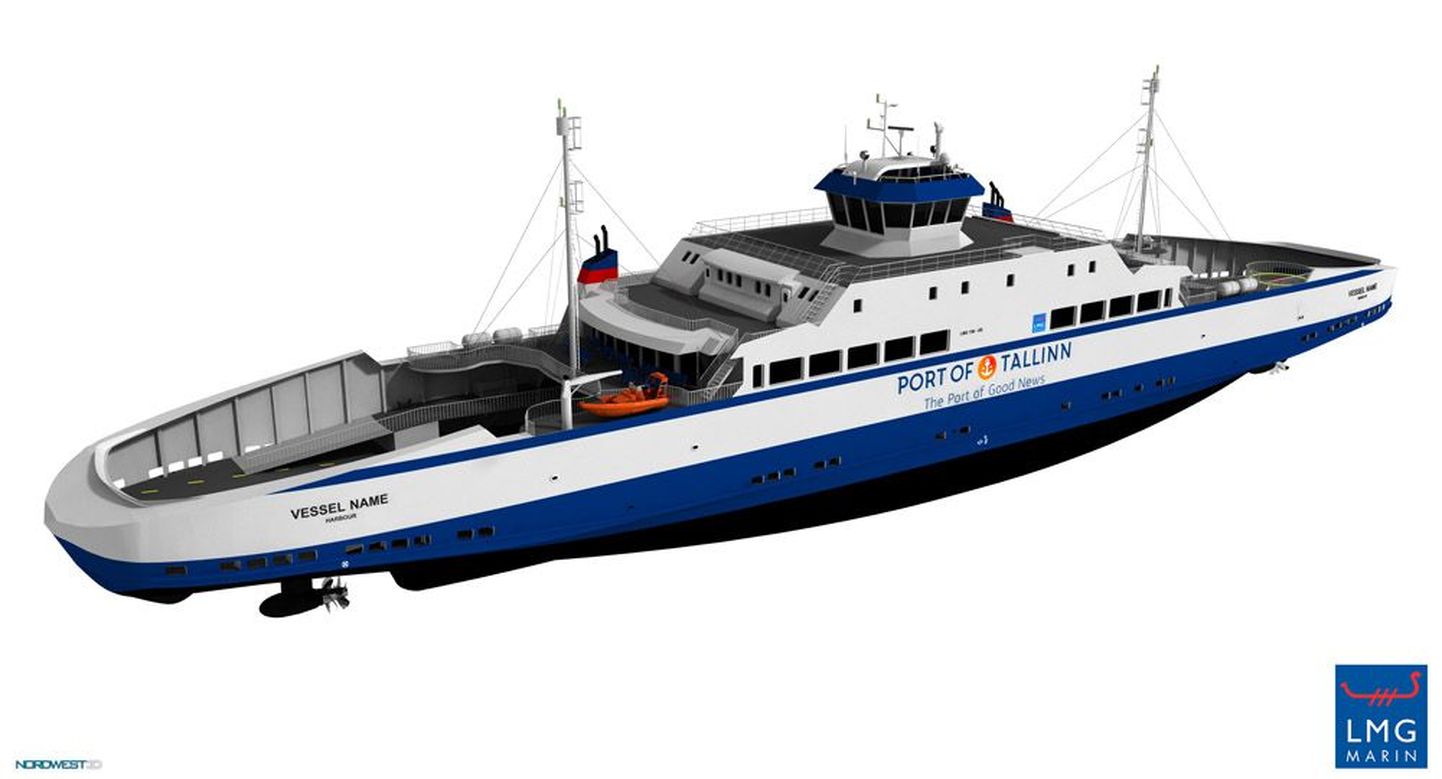The ten-year contract begins on Oct. 1, 2016, the Ministry of Economic Affairs and Communications said.
Palo said she is pleased that the ship connection will be handled by a company that won an open tender with several participants. "For the first time in history the tender for ferry services between the mainland and large islands attracted more than one participant. Although few believed in this, the course chosen by the state showed that competition is possible," she said.
«By today inhabitants of the islands have certainty that good service will continue also two years from now and on a larger scale than at present,» the minister said. «Investment in new ferries is remarkable and I place high expectations on the service provider.»
Chairman of the supervisory board of the Port of Tallinn Remo Holsmer said that by the time the ferry service contract was signed the port company had in partnership with ship designers and builders reached the point where confirmation of new ferries' technical specifications was in the final phase and construction of the ferries can begin next year as planned.
The subsidy to be paid to the Port of Tallinn subsidiary that will handle the contract is around 200 million euros over the ten-year period. The exact amount depends on inflation, number of trips ordered by the state, passenger number and other such factors.
The Port of Tallinn will build four new ferries for the Saaremaa and Hiiumaa routes, two for each, by Oct. 1, 2016. The ferries will allow year-round independent service without outside towing or icebreaker service. Each ship can carry at least 150 cars or 10 road trains and will have passenger places equipped with safety devices for 600 passengers, with at least 400 seats inside.

